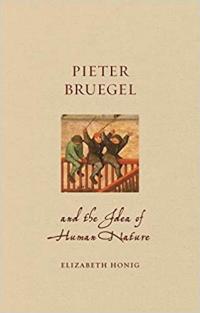This study employs both archival and material evidence to offer fresh solutions for treating Roman sculpture and its interpretation. Beginning with an investigation of two of the most famous works to survive from Classical antiquity, the Farnese and Latin Hercules statues found in the Baths of Caracalla, this paper demonstrates how Roman sculpture acquires true meaning - not just aesthetic value - through precise context. Understood as part of an overall decorative program, these statues shed light on the material culture of Roman bathing complexes and the underlying rationale of imperial patronage. In comparison, this paper argues that the so-called Giustiniani Hercules statues said to be from the Baths of Nero, which lack archaeological documentation of their findspot, cannot be interpreted with the same degree of nuance as their securely documented comparanda from the Baths of Caracalla. This paper, then, not only proposes news insights into the four statues under review, but also a new framework for discussing both an imperial patron's intentions with regard to sculptural display and that sculpture's possible reception by the ancient viewer.


